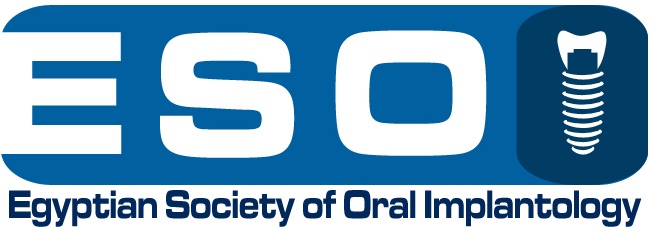
Ron Eliashar
Professor of Otolaryngology Hadassah-Hebrew University School of Medicine, Israel
Title: The role of the Otolaryngologist and of Endoscopic Sinus Surgery in sinus lift and dental implantation
Biography
Biography: Ron Eliashar
Abstract
The Otolaryngologist may have an important role in treating patients scheduled for sinus floor elevation and/or dental implantation. These patients occasionally present with maxillary sinus abnormalities on preoperative dental CT scans. Dental surgeons consider significant radiographic abnormalities a contraindication to sinus floor elevation. Pre-bone-grafting endoscopic sinus surgery (ESS), the gold standard surgical approach to sino-nasal pathologies, may be considered when these findings are not resolved despite medical treatment. We retrospectively evaluated 71 asymptomatic patients who underwent ESS prior to dental rehabilitation due to significant residual radiographic maxillary sinus abnormalities despite medical treatment. The maxillary sinus healed and normalized post-ESS in all. 49 out of the 51 available for follow-up after dental implantation underwent successful rehabilitation, giving a failure rate of 3.9%, thus matching up the reported 3.5% implant failure rate. Although all patients had persistent maxillary sinusitis prior to ESS, none had sinusitis post rehabilitation, thus comparing favorably with a 27% historic rate of maxillary sinusitis following dental procedures.The Otolaryngologist may also be involved in treating patients after dental rehabilitation when dental implants penetrate into the maxillary sinus or are accidentally displaced into the sinus cavity. We evaluated a case series of 14 patients with unintentional displacement of dental implants into the maxillary sinus that underwent ESS. We found that migration of displaced implants and mucosal changes occurred over a short period, eventually causing secondary sinusitis. We therefore favor early surgical removal.Collaboration between Dental Surgeons and Otolaryngologists enables pre and post operative management of patients undergoing dental rehabilitation.

